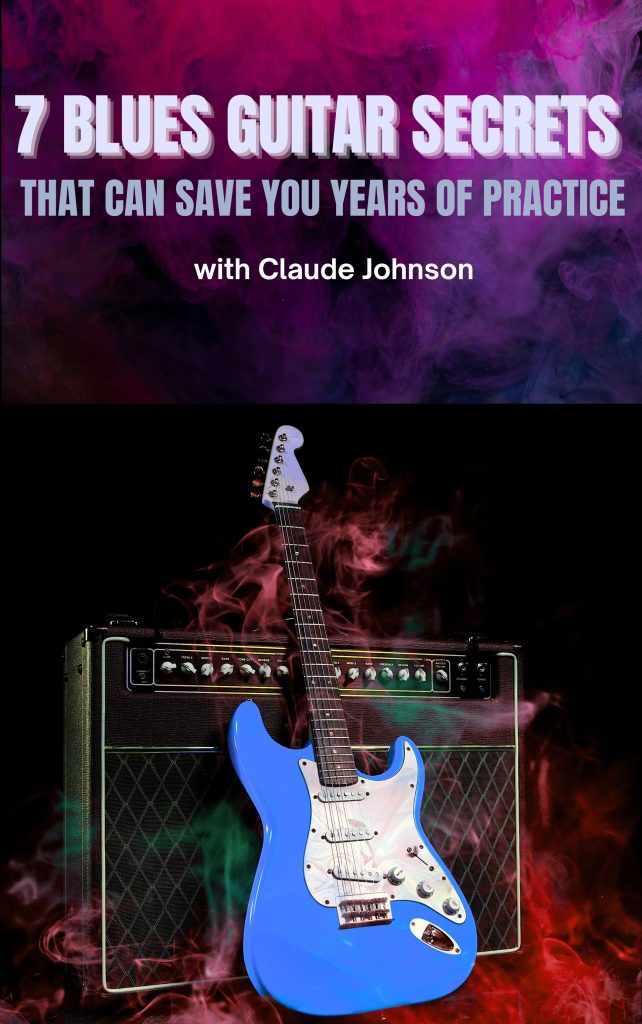GET YOUR FREE INSTANT ACCESS

7 Blues Guitar Secrets
That Can Save You Years of Practice
Learn what REALLY matters when it comes to playing blues guitar!
Disclaimer: When you sign up for our email list, you’ll also receive emails containing articles, tutorials, and special offers. No purchase is necessary at any time, and you are free to unsubscribe at any time.